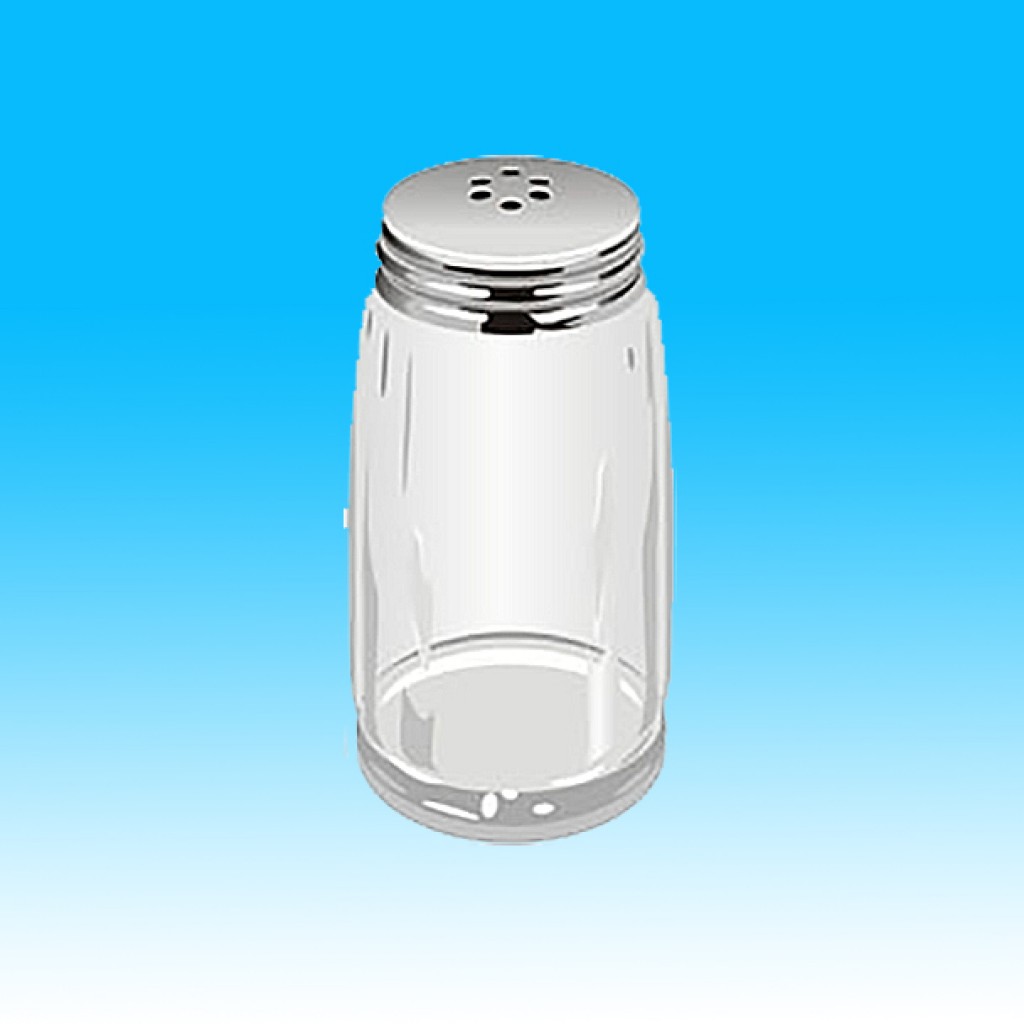
The saltshaker is back.
Due mostly to a hectic schedule, we put the Florida Politics saltshaker on a brief hiatus. But, as polling season heats up (Did it ever really cool down?) and actual voting isn’t that far off, it’s now time to break it out of the cupboard and take a look at the two most recent Florida polls.
The University of North Florida recently released its findings from two statewide polls, one of Republicans and one of Democrats, and, frankly, they are both pretty good.
Recall that the GOP poll showed Donald Trump with a slight lead (21.7 percent) over a closing Ben Carson (19.3 percent), with Marco Rubio just under 15 percent and Jeb Bush “at a distant fourth with 9 percent of the vote.” Recall also, this was one of the first to show Trump’s lead beginning to slip in the Sunshine State.
And, the Democratic poll showed Hillary Clinton with a very large (54.6 percent) lead over both Bernie Sanders (15.9 percent) and Joe Biden (11.2 percent).
For clarification, when we say the polls were “good” that is not a value statement of the results, but only our opinion of how the polls were conducted.
So let’s apply the saltshaker test.
These polls, according to the methodology statement, checked most of the boxes that need checking. They surveyed likely voters, as opposed to “registered” ones, asked industry standard questions, verified they were speaking with the target voter, had decent enough sample sizes (641 and 632 respondents respectively), attempted to complete calls via cell phone (although they don’t say how many were actually conducted by cell phone), and balanced the sample to look like the likely voting electorate.
Here is a statement from Michael Binder about how they derived their sample based on geography:
“Our quotas were based on the percent of ‘likely primary voters’ in each media market, those demographic totals were then used as baseline demographics to which we weighted our sample. Those numbers were determined from the vote history in the Florida voter file.”
That is music to our geeky ears.
The final targets also closely reflect several demographics as best as you could hope. (For example, the GOP sample was 89.4 percent white and the turnout in the last PPP was 89 percent … not bad!) So except that the final numbers were weighted to reflect the target population breakdowns and, as anyone with a degree in statistics will gleefully tell you (and never get invited to that party ever again), that increases your margin of error.
That’s splitting hairs, though.
Our belief is that the good people at UNF adhered to standard polling techniques and they did very a good job matching the demographics of the sample to an uncertain population. Even if they are off by a few points here or there – and there is no reason to think they are – it is probably a fool’s errand to try and predict exactly what the electorate in the March Presidential Preference Primary will look like. After all, we aren’t even sure who the candidates will be.
For the above reasons, we recommend that you take these polls and their findings without any grains of salt.
Key for the Salt Shaker test:
- No salt needed: Solid pollster, solid methodology, and the sample appears to be nicely balanced.
- A grain of salt: The poll has one or two noncritical problems and should be taken with a grain of salt.
- A few grains: There are several concerns with how the poll was conducted, but not enough to throw it out entirely.
- A half shaker: There are enough problems with the methodology to warrant serious concerns, and the poll should not be taken seriously.
- A full shaker: The poll has so many problems it should not only be completely disregarded but pollsters receiving multiple “full shakers” will no longer have their polls covered by Florida Politics/SaintPetersBlog.
Steven J. Vancore is the President of VancoreJones Communications and Clearview Research. He can be reached at [email protected].



